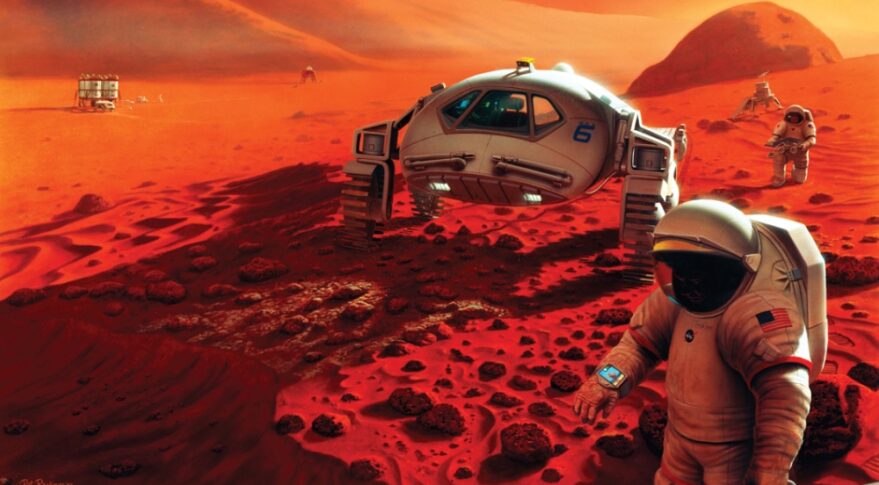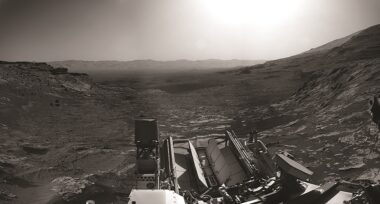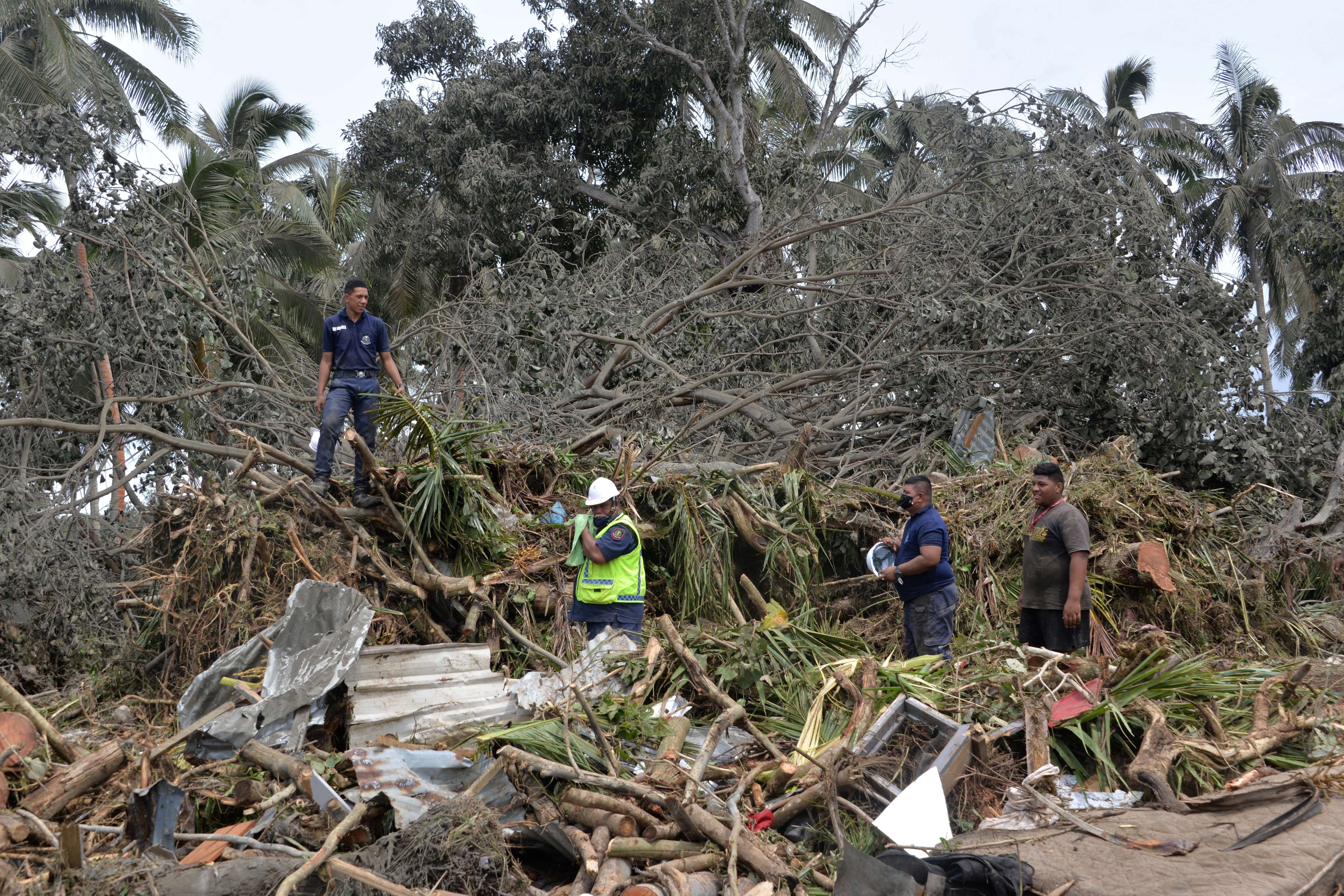
Are we on a good path toward developing and implementing a human mission to explore Mars? It’s widely understood that development for such a mission must begin now to have a mature program architecture and effective integration of science and engineering. NASA has provided the outlines of an Artemis framework for the moon and has been conducting a series of workshops to define the organizing principles for a moon-to-Mars human exploration effort. Our goal here is to suggest steps that should be taken to develop a successful, long-term human Mars program.
To summarize, effective planning today for a Mars mission must include developing a program structure that integrates all components under central leadership; must include science as a core component of the program from the very beginning; must plan for the development of a program rather than just the first human mission; must change the cultures to allow effective integration of engineering, science, human factors, cost, and risk from the very beginning; and must be able to take advantage of multiple missions that are aimed at using all the complementary capabilities of robots and humans.
Over the years, we (and many others) have compiled a shortlist of the rationales for human exploration in space. These include:
- National Interest and Global Competition. Launching spacecraft, exploring the universe, and sending astronauts into space are seen as entrees into the top tier of forward-looking, technologically adept nations. The U.S. must continue its leadership in this arena.
- Science. With our space-science exploration program, we are trying to understand the formation and evolution of planets and planetary systems, the conditions that make a planet habitable by microbes or other life, and to determine whether life might exist elsewhere in our solar system or beyond.
- Human desire to explore beyond the next hill. This motivation has been characterized in a variety of ways. In the popular media, Star Trek’s mission is clear and succinct, “To explore strange new worlds. To seek out new life and new civilizations. To boldly go where no one has gone before!”
- Broader societal connections of the space program. These include development of new technology, new business, peaceful international collaboration, and inspiration for students. Space exploration, with both robotic and crewed spacecraft, has been central in each of these areas.
- Establishment of a second home for humanity as a hedge against disaster.
These are not mutually exclusive goals, and most of these objectives will fall out naturally as a result of NASA working with its international and commercial partners on a combined human-robotic exploration program.
Is the involvement of humans in space necessary to achieve these goals?
As one benchmark, Elon Musk and his company SpaceX have clearly stated that a key goal in going to Mars is to establish a second home for humanity to hedge against future Earth disasters. However, SpaceX leadership is explicit that the company provides transportation. Others will need to provide advanced life support, surface power, construction, science investigations, and other components central to a robust Mars exploration program.

A different view is exemplified in a recent book by science writer Donald Goldsmith and Lord Martin Rees, the U.K.’s Astronomer Royal. In “The End of Astronauts: Why Robots Are the Future of Exploration,” the authors argue that we should not send astronauts to the moon or Mars since the solar system can be explored more efficiently and effectively using advanced robotic spacecraft. However, development of such an autonomous capability is far enough into the future that the timing is indeterminate.
We assert that combining the capabilities of humans and robots will create a powerful tool for exploring Mars. Let’s examine the actions that we think are necessary to take today:
- A human Mars mission requires a “program” approach, with someone in charge of the entire program. An integrated program needs a process of “program-level systems engineering” and an overall program director responsible for ensuring that the mission architecture, human factors, science, and cost/risk are integrated from the beginning. The interaction between science and engineering must be iterative and ongoing. Having only a limited set of interactions between human and science planning groups will not produce the desired integrated program.
- Science must be included from the very beginning. Science needs to be at the center of an exploration program. Addressing the most-important science at Mars, which is likely to include the search for present-day or past life on the Red Planet, will require multiple missions that use all the complementary capabilities of robots and humans. A combined human and robotic exploration program at Mars would be compelling. Robots can continue the reconnaissance and exploration of Mars, as they have done over the past six decades. Human exploration can take advantage of the truly incredible capabilities of people. Our brains, remote sensing (i.e., eyesight), manual dexterity, and ability to adapt and respond to unexpected situations complement and often exceed the capabilities of robots.
- We must prepare for a long-term program rather than just the first mission. It is our experience that understanding what will be required for follow-on missions, in terms of science objectives and technology and hardware development, will have a large effect on even the earliest efforts. Creating an integrated and coherent program of coupled elements from the very beginning, with an understanding of how the missions will evolve after the first one, is important for informing the initial mission design and implementation. This approach was done to great success with the most recent NASA Mars science program and with the Apollo program.
- We must change the cultures of the various constituencies in the program. Science and engineering must work together to achieve complex missions like humans to Mars. The human spaceflight program was a creature born of the military, with the hierarchy being top-down and focused on demonstrating national technological prowess. Science was treated as an afterthought during the Mercury, Gemini, and Apollo eras. Only through the herculean efforts of icons like Gene Shoemaker did NASA execute a science program as part of the Apollo missions. Similarly, the view of the science community toward human exploration must continue to evolve. In the 2013 Decadal Survey of Planetary Science, developed by The National Academies of Science, Engineering, and Medicine at the request of NASA, scientists worried that human programs likely would be carried out at the literal expense of the robotic program — that the latter would risk being cannibalized to support the former. That position changed in the current (2022) decadal strategy, taking the view that advancing science should be both the driver and a major product of a combined human and robotic program. Both cultures need to evolve into supporting a coherent, integrated program. This integration of different constituencies goes beyond just “science” and “engineering”; it must include areas across the entire program, such as the fields of human factors, gravitational biology for plants and people, applied clinical studies of human health in transit and on the surface, and potentially even astronomy, among others.
- NASA must take advantage of multiple missions aimed at using all the complementary capabilities of robots and humans. A bold program that utilizes deep-space exploration and testing at the moon and then rapidly moves on to Mars can best be supported by engaging the broader science community. Initially, there must be strong leadership from the robotic Mars program in order to continue to make discoveries that will both frame a human mission and provide the scientific context in which a human mission will operate. Continuing the Mars Sample Return program is a major and necessary step in continuing to develop the science. But so will be reinvigorating the robotic program, which currently has no plans for new missions other than MSR that would support science and future mission planning.
To succeed, we need a credible program today that will lead to human missions to Mars. NASA is the right agency to carry out this exploration. Collaborations with commercial or international partners certainly can enhance the ability to carry out the missions, possibly to a great extent. However, no commercial missions beyond LEO have yet taken place. We also believe that maintaining a NASA-centered perspective will be necessary to keep an emphasis on the science.
The strength and the difficulty of this integrated approach both stem from the same fact — implementing it will require coordination across multiple NASA organizations. Viable planning for a human mission must include the melding together of science, engineering, human factors, and cost/risk. If we want a robust human Mars program, planning must go forward in each of these areas now, developing ideas and bringing them together into an integrated, coherent program.
Bruce Jakosky, a Mars researcher since the Viking mission in 1976, has been heavily involved in planning the future Mars Robotic Science Program and was the principal investigator on the Maven mission currently orbiting Mars. He is a senior research associate in the Laboratory for Atmospheric and Space Physics at the University of Colorado. Scott Hubbard served as the first Mars program director at NASA Headquarters, where he restructured the program. He was the center director at NASA’s Ames Research Center, served on the Columbia Accident Investigation Board, and has been an adjunct professor in the Stanford Department of Aeronautics and Astronautics, where he created the Center for Excellence for Commercial Space Transportation.
This article originally appeared in the September 2022 issue of SpaceNews magazine.
;
Note: This article have been indexed to our site. We do not claim legitimacy, ownership or copyright of any of the content above. To see the article at original source Click Here













